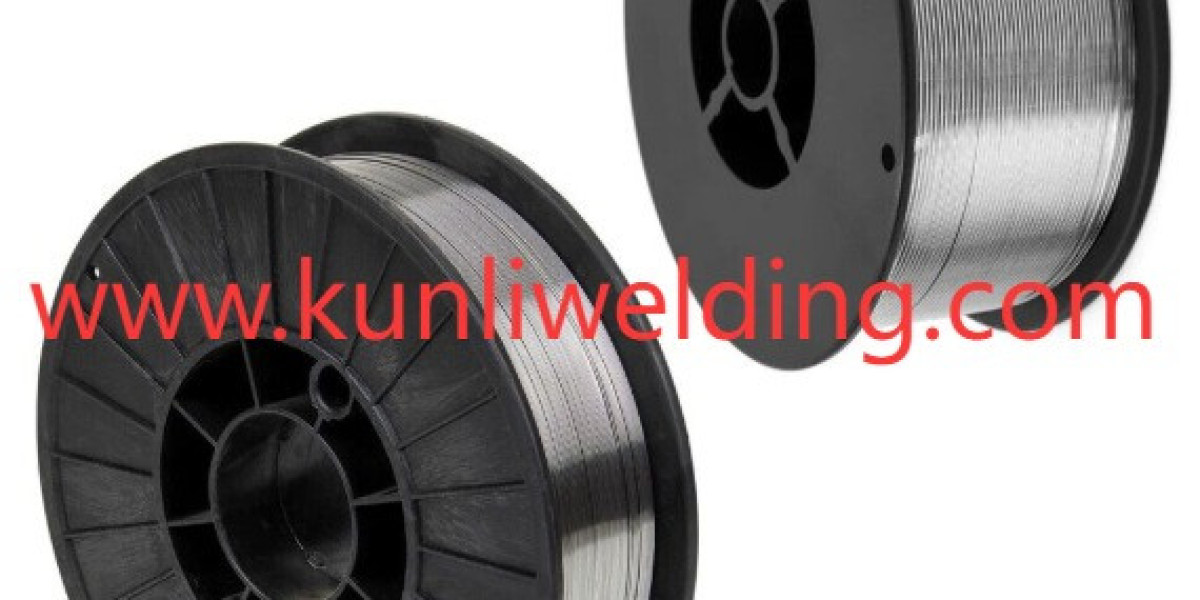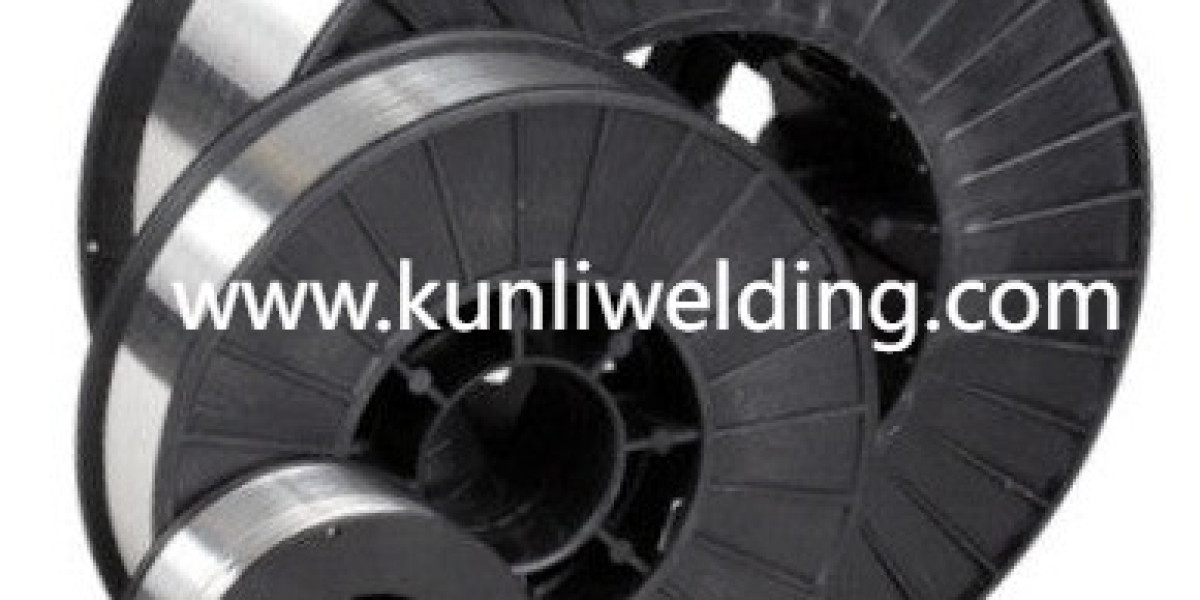Industrial production has entered an era where digital monitoring and robotics are increasingly common. Buyers evaluating China Aluminum Alloy Wire Manufacturers often inquire about automation because it provides insight into consistency, efficiency, and delivery reliability. This article reviews how automation and process monitoring affect outcomes for both suppliers and procurement teams.
Automation begins at the drawing lines, where precise tension control is vital for dimensional accuracy and surface condition. Automated die change systems and real-time diameter sensors ensure consistent output and reduce downtime. These technologies reduce reliance on manual intervention and increase repeatability, which in turn lowers the risk of variability between orders.
Process monitoring extends beyond geometry. Sensors measure temperature, surface roughness, and tensile load during production. Data collected by these systems allow manufacturers to detect deviations early and correct them before they affect entire batches. Predictive maintenance is another benefit: by monitoring wear and vibration, manufacturers can replace dies or components before failures occur, reducing unplanned downtime.
Robotics play a growing role in coil handling and packing. Automated handling reduces risk of mechanical damage and improves workplace safety. Packing operations that once depended on manual labor now benefit from robotic precision, resulting in more uniform protection and reduced transit damage. Buyers who specify clear packing standards benefit when automation ensures compliance.
Digital integration supports transparency. Some manufacturers provide statistical process control reports that document variation within a batch. These reports allow buyers to verify claims of consistency and make it easier to approve suppliers for critical applications. Data-driven manufacturing therefore strengthens the relationship between producer and buyer by replacing anecdotal assurances with measurable evidence.
For procurement teams, questions about automation can be framed around reproducibility and documentation. Asking suppliers whether they operate closed-loop systems, predictive maintenance protocols, and automated packing lines reveals operational maturity. Even if automation is partial, the presence of monitoring and control systems indicates a commitment to reproducibility.
Implementation of automation does come with considerations. Higher capital costs may lead to different pricing structures, and not every supplier will invest at the same pace. Buyers should weigh the value of consistency and reduced field failures against any price premium. Where project requirements demand tight tolerances, automation can provide assurance worth the investment.
Suppliers often highlight their use of automation in product or corporate descriptions. These references provide buyers with a first impression of how production is managed. Procurement teams can use such references as a foundation for more detailed technical discussions and site visits.
In practice, automation and process monitoring help reduce variability, shorten downtime, and improve packing reliability. These improvements translate into fewer claims, better predictability, and stronger confidence in supplier relationships. For a closer look at manufacturer descriptions that mention production practices, visit resources such as www.kunliwelding.com which share insights into process focus and operational strengths.







